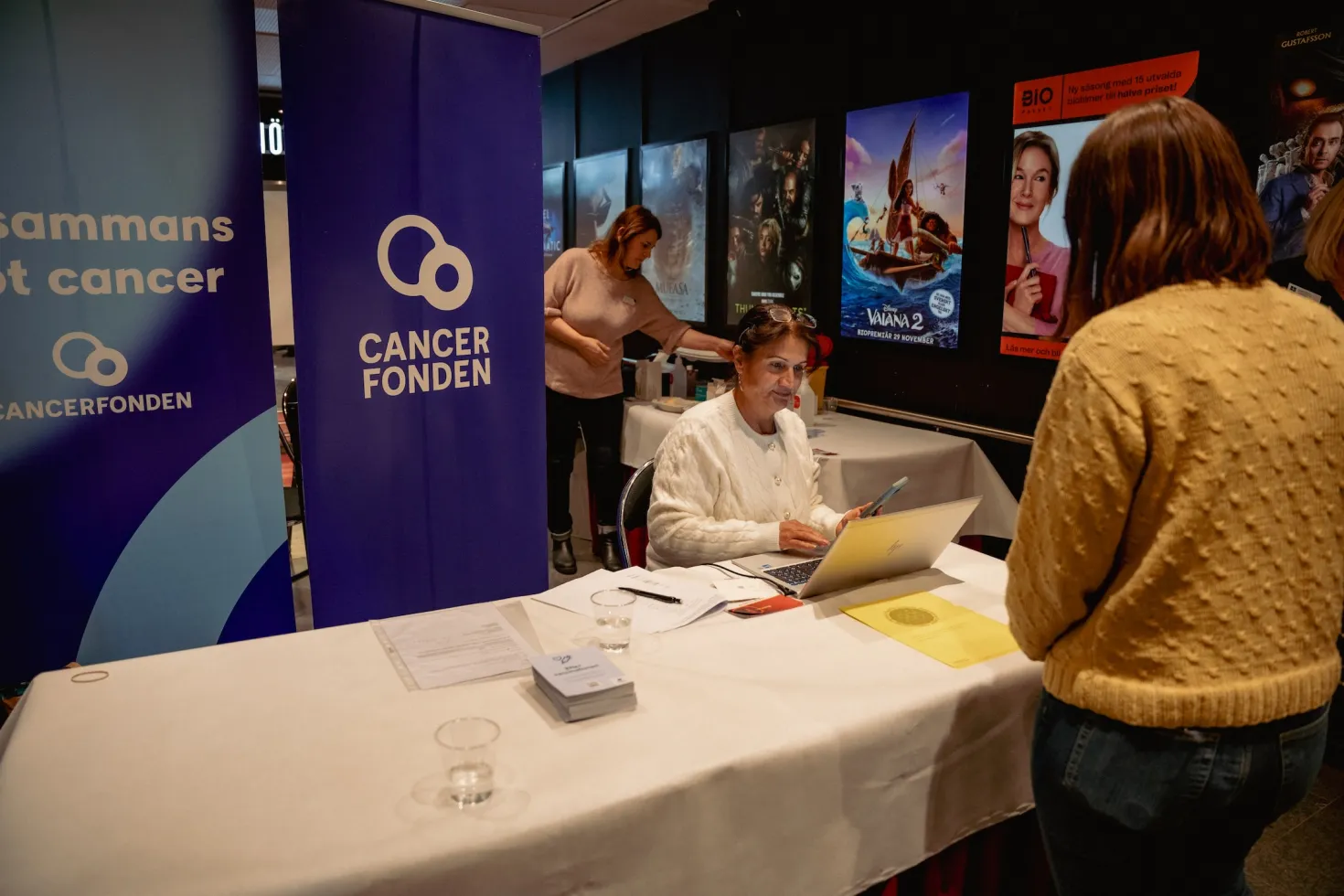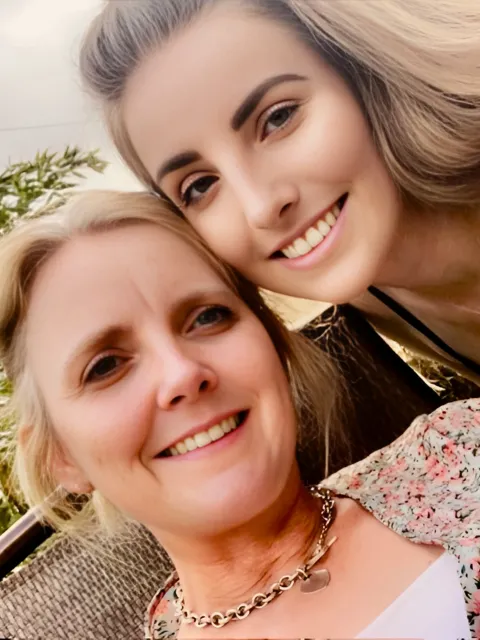Sweden’s journey to eliminate cervical cancer
Sweden is on a historic mission to become the first country to eliminate cervical cancer as a public health problem, aiming for fewer than four new cases per 100,000 inhabitants annually. This effort focuses on increasing HPV vaccination and screening.

The Swedish Cancer Society teamed up in 2024 with cinemas for two half-days to offer free HPV vaccinations along with a complementary movie ticket, as a part of the country's catch up programme to promote cervical cancer prevention girls born 1994-1999 to close vaccination gaps.
HIGHLIGHTS
- Sweden's strategy to eliminate cervical cancer by 2027 encompasses HPV vaccinations for school-aged children, free cervical screenings for women aged 23-70, and referral for treatment for those testing positive.
- A catch-up programme was launched in 2021, targeting girls born 1994-1999 to bridge the vaccination gap.
- The Swedish Cancer Society collaborates with various sectors to boost vaccination rates, including innovative efforts in 2024 to provide free vaccinations at cinemas.
- Despite progress, disparities in vaccination rates persist depending on people's socioeconomic background and where they live. Sweden plans to extend its vaccination programme to include more high-risk groups to achieve herd immunity by 2027.
Sweden is on an ambitious mission to become the first country in the world to eliminate cervical cancer as a public health problem, meaning fewer than four new cases per 100,000 inhabitants in a year. If successful, it would mark a historic achievement: the elimination of a cancer for the first time.
In Sweden, this strong political commitment to eliminating cervical cancer is aligned with WHO’s Global Strategy, launched in 2020, and has fostered a nationwide movement dedicated to reach this goal by particularly focusing on two key areas: increasing vaccination and screening for the human papillomavirus (HPV), responsible for 98 percent of cervical cancer cases.
The earlier a cancer is detected, the easier it is to treat, and this is particularly the case with cervical cancer. Emphasising the importance of regular gynaecological screenings, women in Sweden aged 23 to 49 are invited to undergo cervical screening every five years free of charge. Women aged 50 to 70 are invited every seven years. The screening test can be performed either via self-collection or by a healthcare professional, both methods being equally effective. Individuals testing positive are then referred for appropriate treatment or management.
In terms of HPV vaccination, it has been part of the Swedish national school programme since 2010 for girls, and since 2020 for boys, in elementary school. However, due to the target age group, girls age 11, girls born before 2000 either missed this opportunity or were vaccinated with an older version of the vaccine, that conveys less widespread protection than the current one which prevents up to 90 per cent of cervical cancers by targeting nine HPV types
To address this gap, Sweden launched a catch-up programme in 2021, alongside the routine school vaccination efforts. It was led by the Karolinska Institute, with financial support from the government and from the Swedish Cancer Society, and targeted girls born 1994-1999
As part of this catch-up programme, girls were screening for HPV at the same time as receiving the vaccine. The goal was to achieve a vaccination objective of 70 percent for this target population, or about 260 000 young women, by 2024, in order to support the national ambition to eliminate cervical cancer by 2027.
The Swedish Cancer Society has worked closely with healthcare providers, regional authorities, and the public and business sectors to increase vaccination rates, to increase awareness on HPV vaccination and how to access it. Efforts have included mobile clinics, targeted awareness campaigns, provide forums for public debate as well as advocacy at both the county and national levels.
As an example of these awareness-raising efforts, the Swedish Cancer Society teamed up in 2024 with cinemas for two half-days to offer free vaccinations along with a complementary movie ticket for women who chose to get vaccinated at one of the nine participating cinema locations. By focusing primarily on cinemas in major cities, where most of the target group resides, the effort resulted in nearly 600 women being vaccinated – in line with the target goal of 50-100 vaccinated per cinema.
While vaccination rates overall have reached 70 percent in some regions in Sweden, additional efforts to increase rates in Sweden’s three major regions remain crucial. Despite significant progress in 2024, vaccination rates in the three largest regions fell short of the 70 precent target, posing a challenge to total elimination by 2027.
“One explanation as to why there are regional disparities in HPV vaccination rates is that it can be harder to break through the noise in the larger regions, where many more targeted efforts are needed to reach these young women. For example, by offering vaccination near universities and workplaces, to ensure that women get the correct information and ultimately the vaccination in the easiest possible way.”
– Ulrika Årehed Kågström, President of UICC and Secretary-General of the Swedish Cancer Society.
Differences between regions in Sweden are not the only reason the country is falling short of vaccination targets. Disparities between social groups within these regions also play a significant role. For example, while vaccination rates in high-income parts of Stockholm reached well over 50 percent, suburbs with rural populations or low-income populations where many people with a non-native background are living, achieved around 20 percent. Similar patterns have been observed across the rest of Sweden.
According to behavioural scientist, Sibylle Herzig Van Wees, who has researched vaccination willingness in socioeconomically disadvantaged areas in Sweden, found that people with questions about vaccination found it difficult to get accurate information, as they often turn to sources other than official authorities. This was a challenge Sweden also faced during the pandemic.
Recognising the need for broader protection to reach elimination targets, Sweden recently announced an expansion of its efforts the coming year. The catch-up vaccination programme will continue until mid 2025, offering free vaccinations to women born between 1994 and 1999. Also, The Swedish Public Health Agency recently recommended to expand the offer to men and women up to 26 years including high-risk groups such as men who has sex with men, are transgender or living with HIV. This expansion is vital to reach the necessary herd immunity to ultimately eliminate this cancer.
“We are determined to see this vision through to the end. Achieving this goal will be a testament to our mission to beat cancer. We must do everything in our power to fulfil the promise to current and future generations that cervical cancer can – and will – be eliminated.”
– Ulrika Årehed Kågström, President of UICC and Secretary-General of the Swedish Cancer Society.
Last update
Wednesday 15 January 2025
